I have discussed two options to set the Homepage in the Google Chrome browser. The first option is for home users while the second is for enterprise environments.
Option 1: Set Homepage from Chrome Settings
Here are the steps
- Open Google Chrome. Then click 3 dots on the top right of the page.
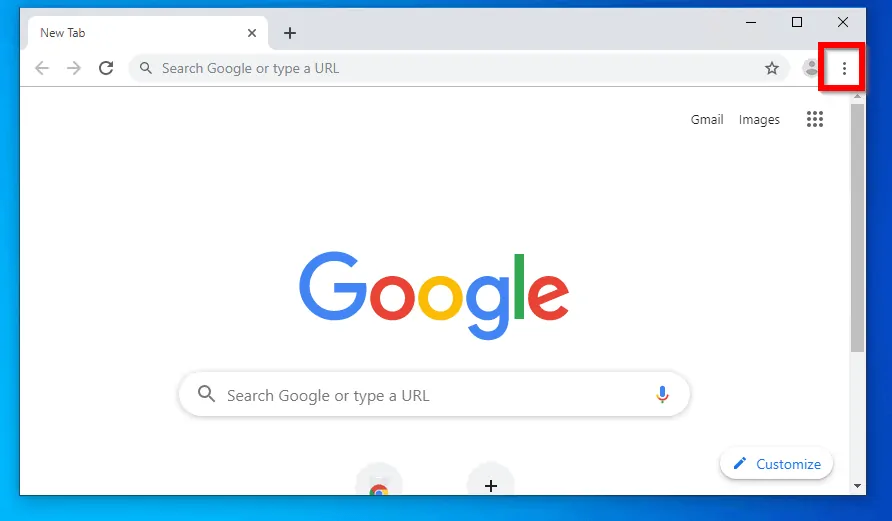
- Next, click Settings.
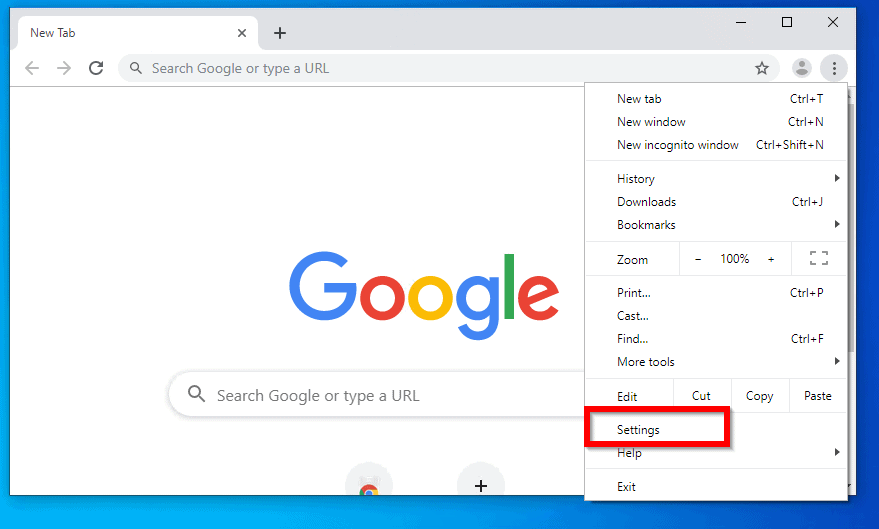
- When Chrome Settings open, click the 3 lines beside Setting.
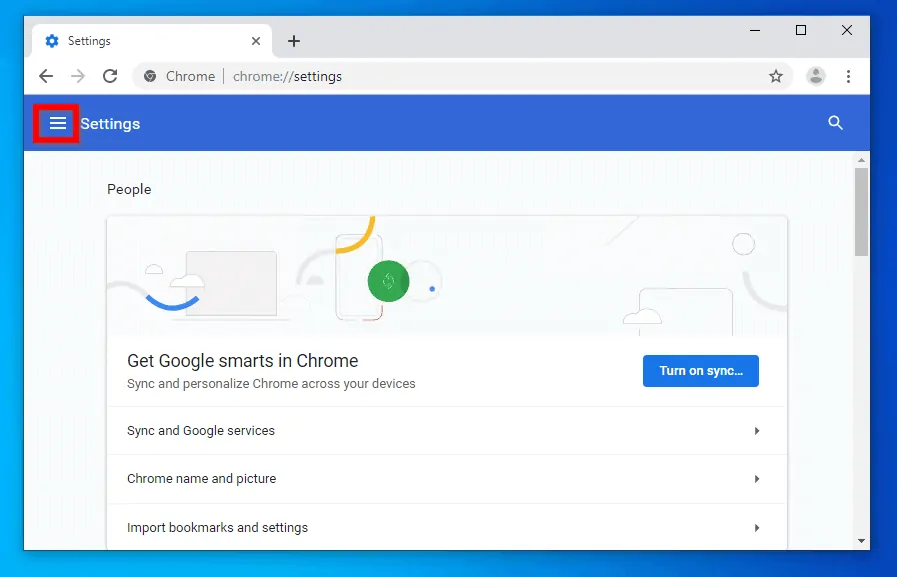
- Then click On Startup.
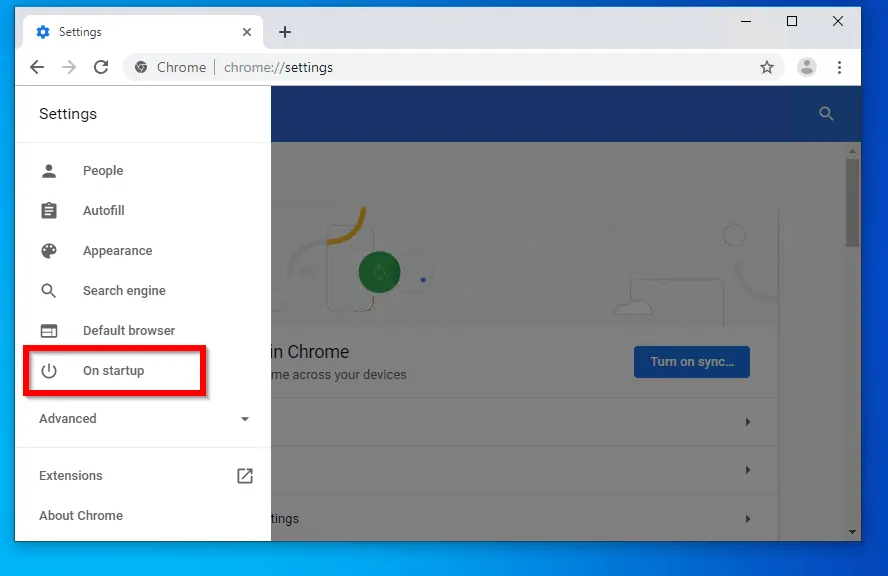
- To set homepage in Chrome to open a specific website at start up, select Open specific page or set of pages.
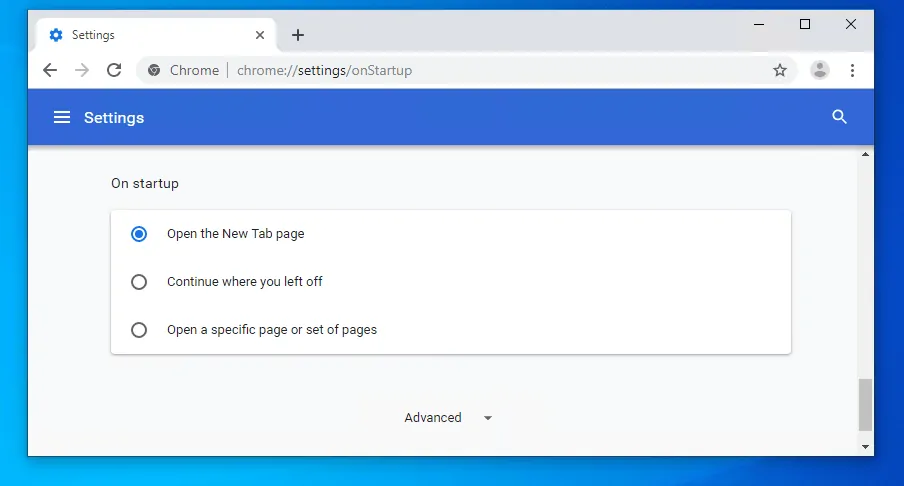
- Then click Add a new page.
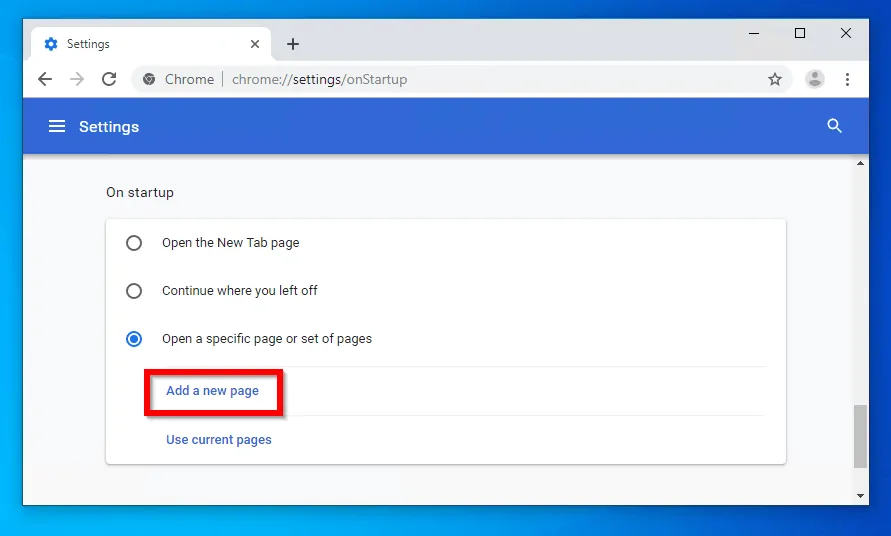
- Enter the page. Then click Add. The new page is added to Chrome start-up page.
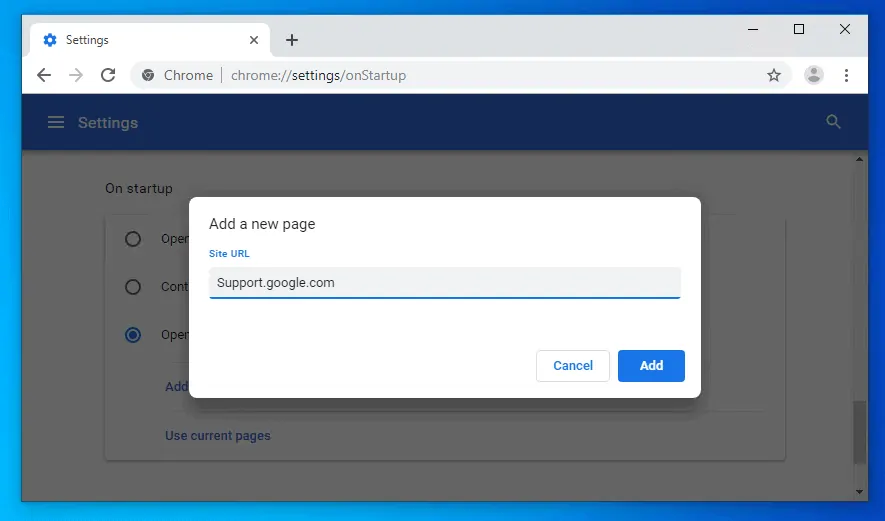
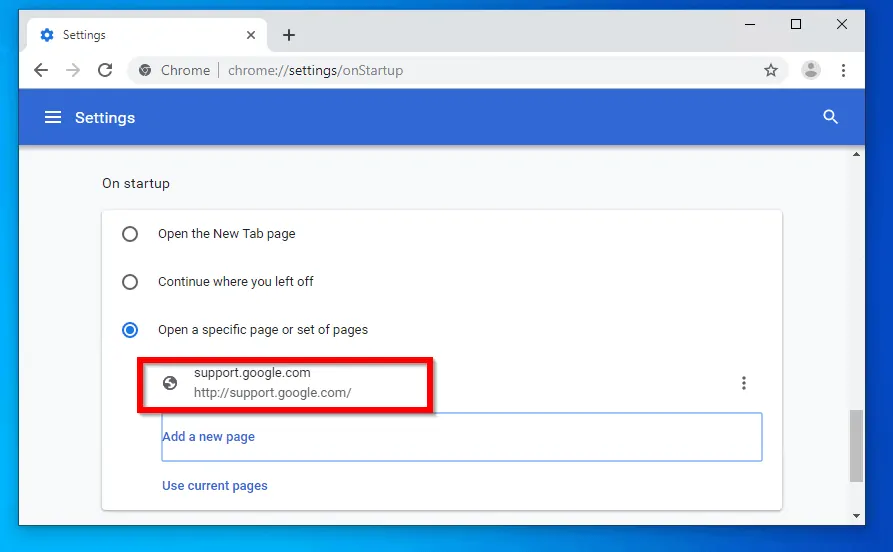
- If you wish to add more pages for Chrome to open at startup, click Add. Alternatively, you can edit or delete existing pages by clicking the 3 dots beside the added page. Then select Edit or Remove (see the second image below).
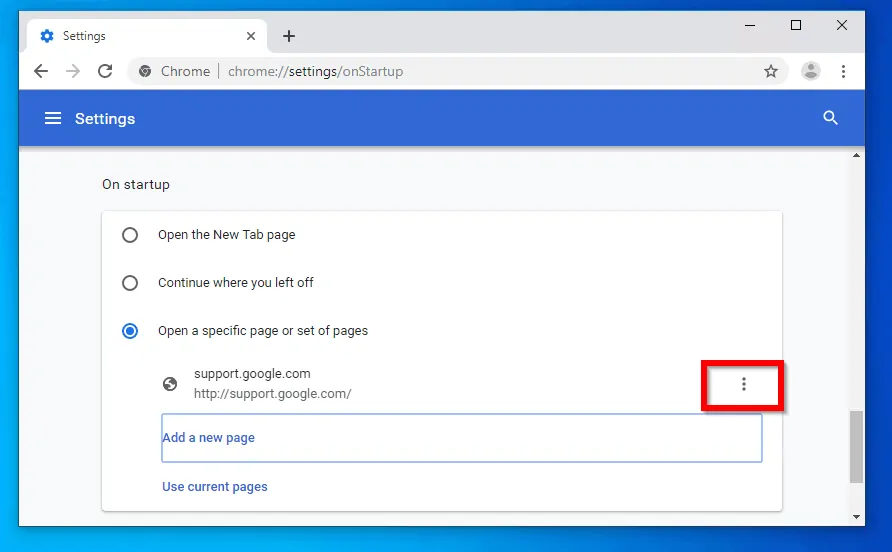
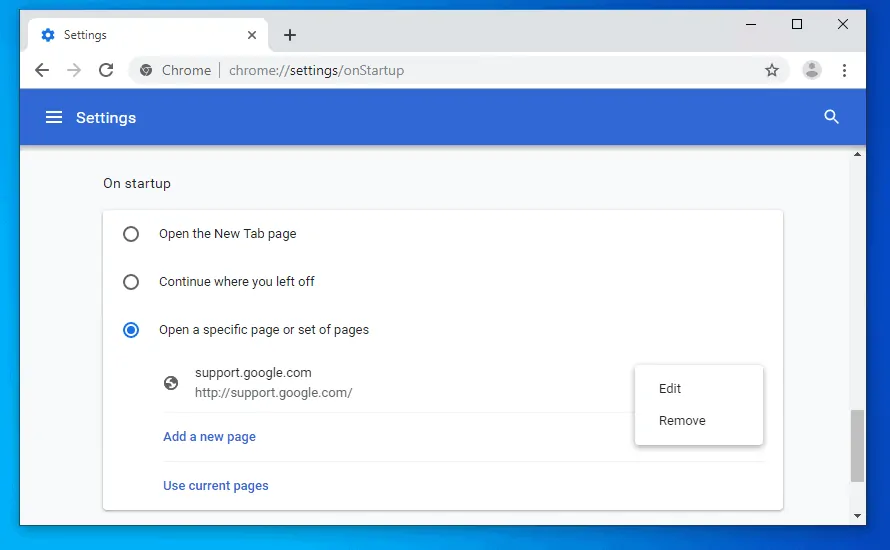
- Finally, close and reopen Google Chrome. The homepage is set to your desired page (s)! You have set homepage in Chrome to open a specific page.
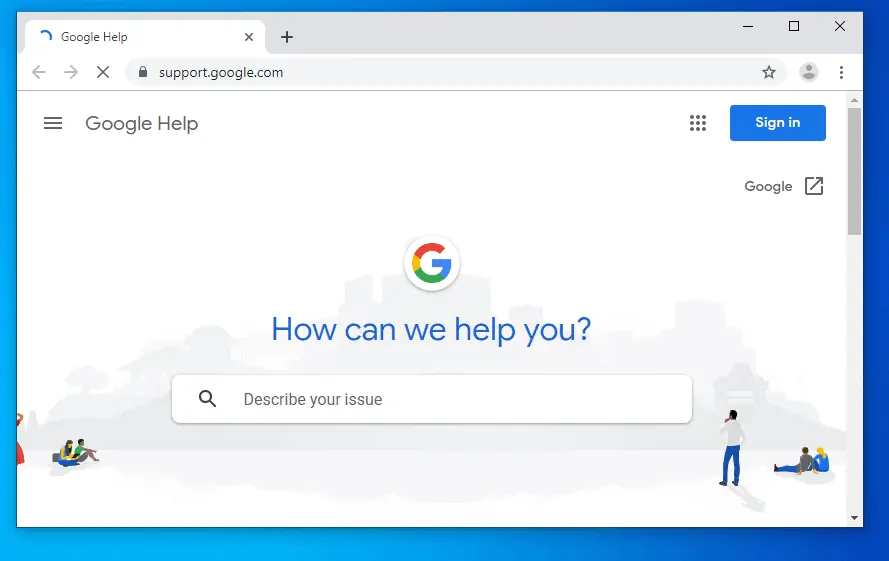
Option 2: Set Chrome Homepage Group Policy
The steps in this section is intended for Windows administrators. If you are a home or individual user, use the steps here – use Option 1: Set Homepage from Chrome Settings.
Before you proceed with the steps in this section you must add Google Chrome’s Administrative Template file to Group Policy.
If have not done this, follow the steps in How to Download and Install Google Chrome Administrative Template.
Setting homepage in Chrome with Group Policy is a 3-step process:
- Create a new GOP
- Link GPO to a Container
- Edit the GPO to set homepage in Chrome
Step 1: Create a New GOP
- Login to Windows Sever 2016. Then open Server Manager.
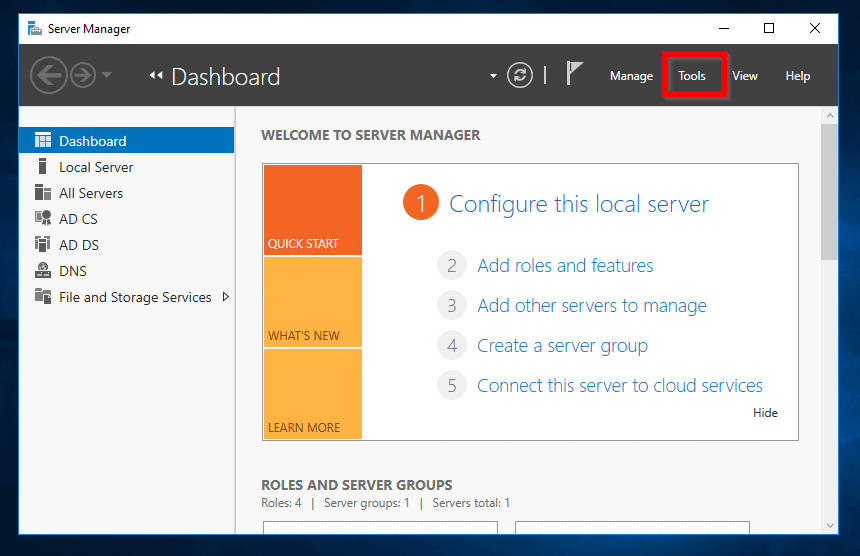
- When Server Manager opens, click Tools. Then select Group Policy Management.
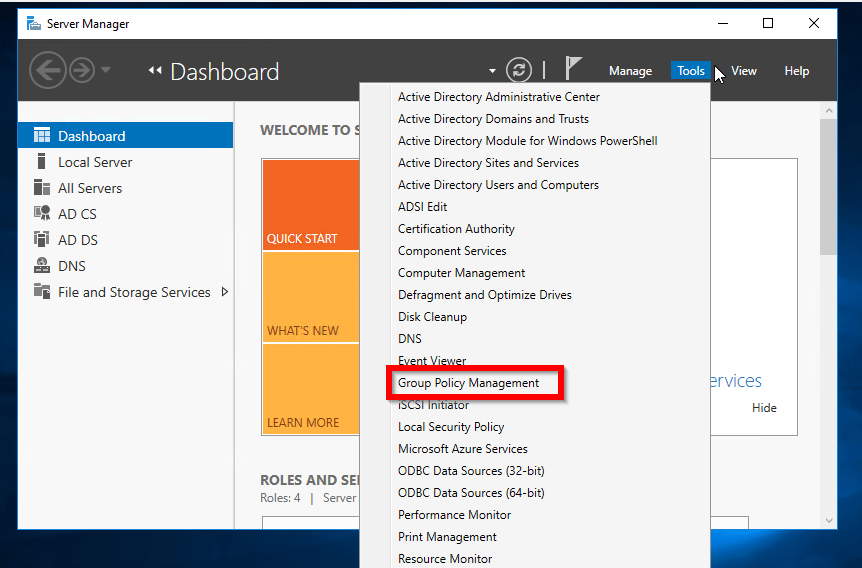
- From Group Policy Management, expand Domains. Then expand your domain name.
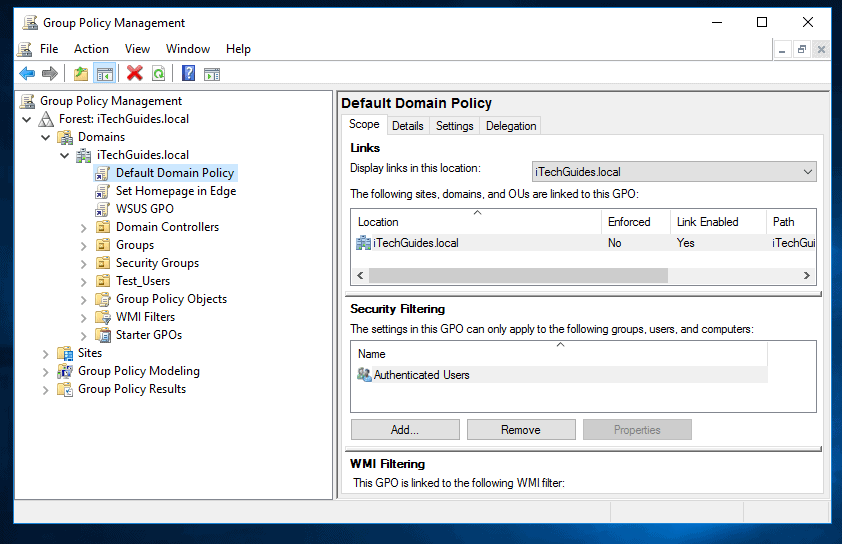
To create a new GPO:
- Expand Group Policy Objects container.
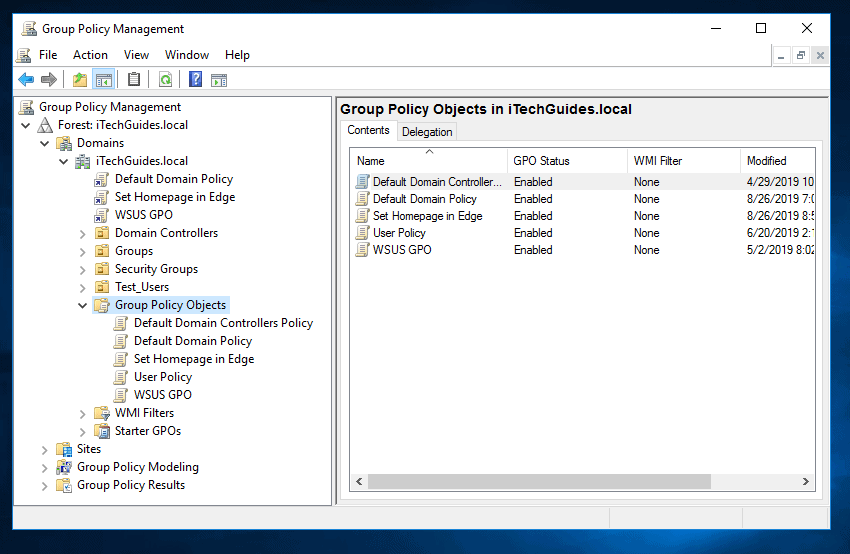
- Then, drag the GPO you wish to use to create a new one into Group Policy Objects container. In this example, I will drag Default Domain Policy to the Group Policy Objects container.
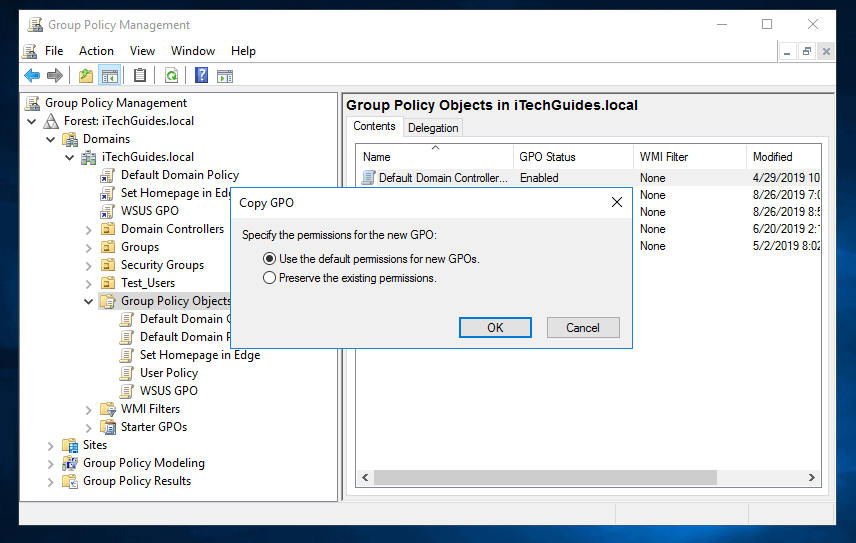
- To copy the GPO, select one of the options and click OK. If you are not sure, select Use the default permissions for new GPOs. When the copy is complete, click OK. A copy of the GPO is created. See the second image below.
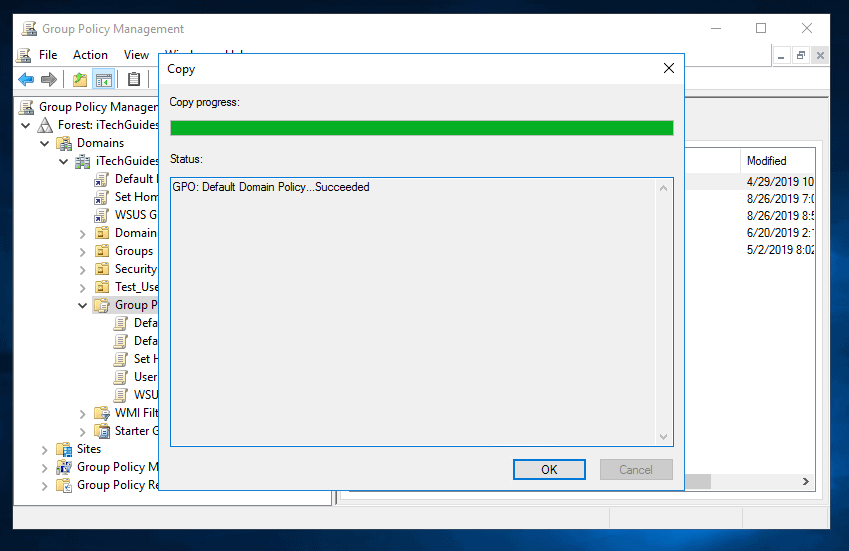
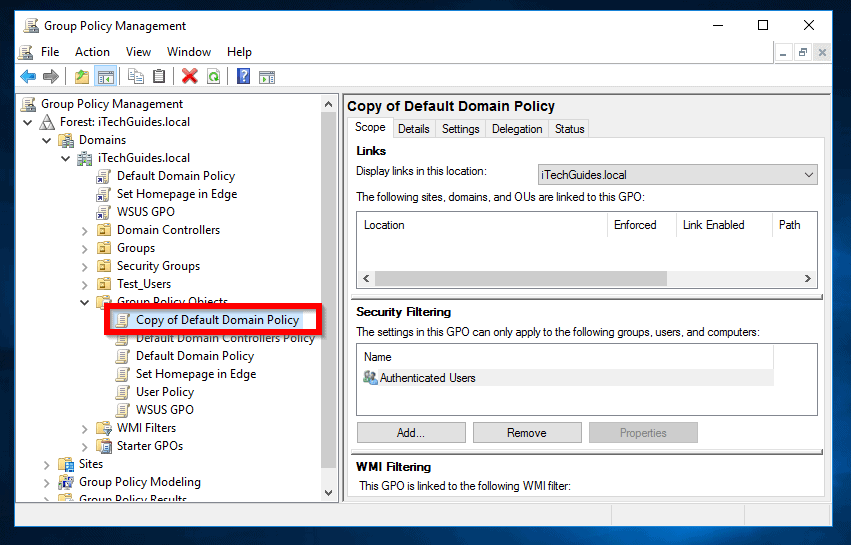
- To rename the copied GPO, right-click it. Then select Rename. Give the GPO a descriptive name. See mine below.
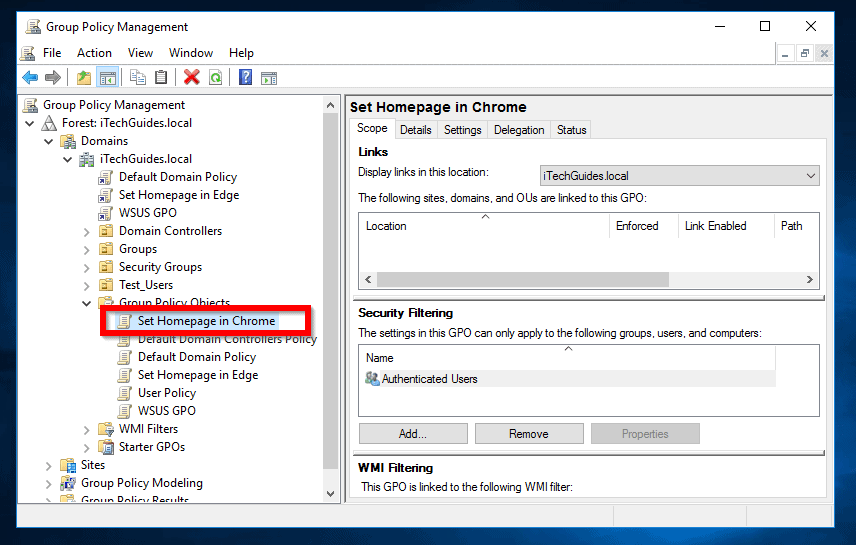
Step 2: Link the GPO to an AD Container
The next step is to link the new GPO to an AD container. In this example, I will apply the GPO to the root of my domain.
- Drag the GPO to the container you wish to link it to. When you drag the GPO to the container you will be asked to confirm. Click OK.
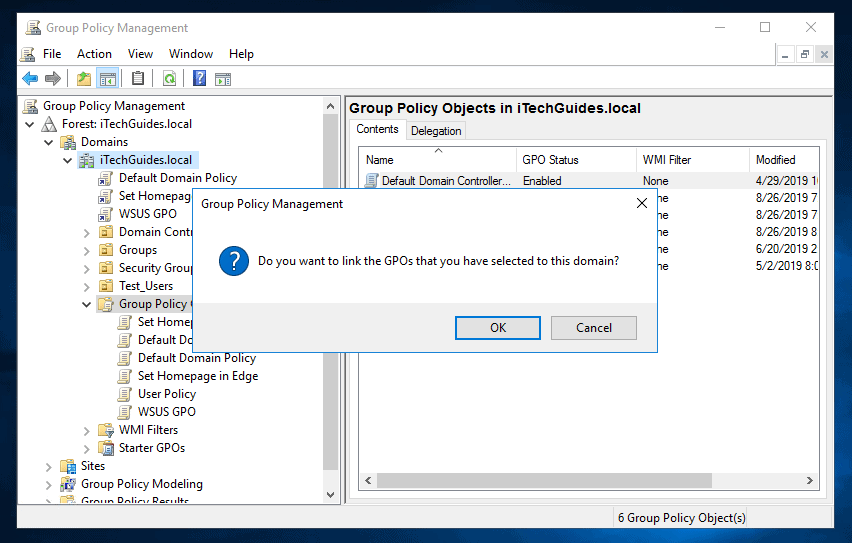
- The GPO will now appear beneath the container (in this instance, the root of my domain).
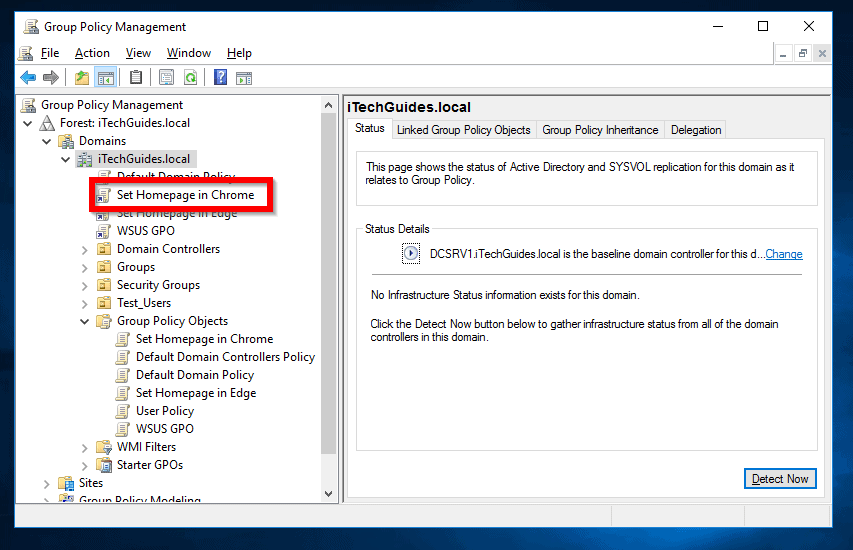
Step 3: Edit the GPO
This is the last step to set homepage in Google Chrome with Group Policy.
Here are the steps:
- Right-click the GPO you linked to your desired container. Then select Edit.
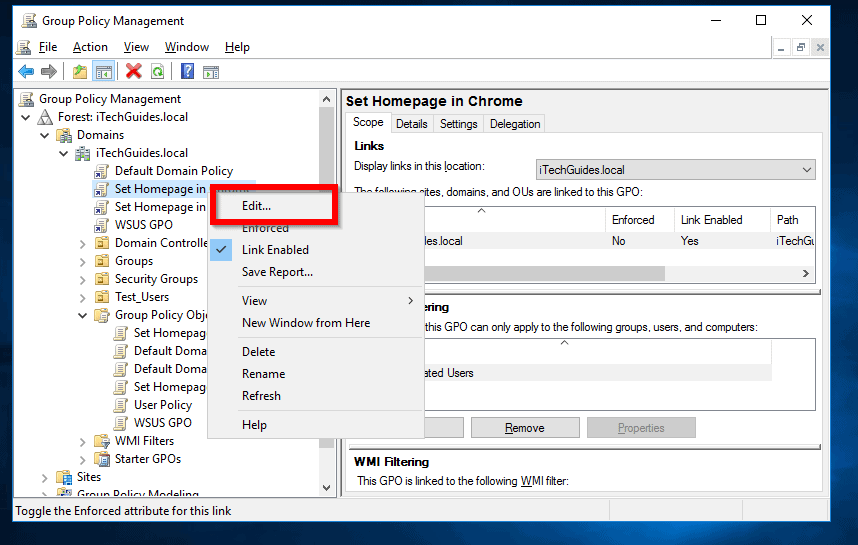
- Then navigate to..
Computer Configuration\Policies\Administrative Templates\Classic Administrative Templates\Google\Google Chrome\Startup, Homepage and new tab\
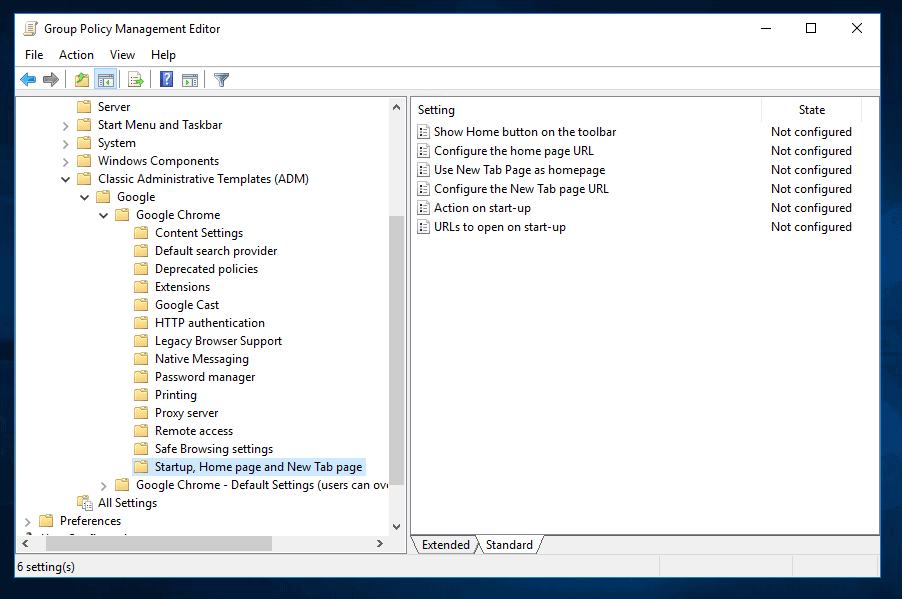
- Locate and double-click Action on Start-up page policy.
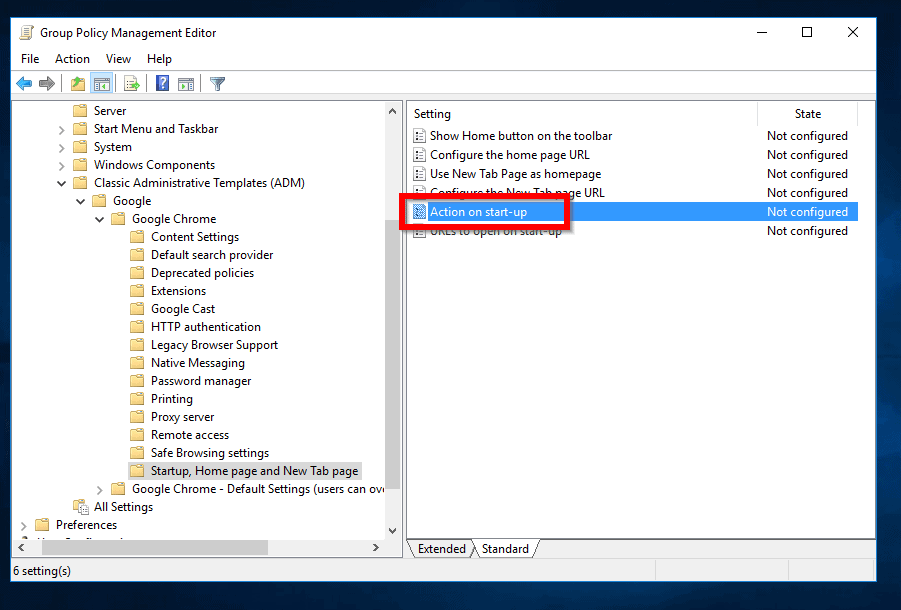
- When the policy opens for editing, click Enabled. Then On the Action on start-up drop-down, select Open a list of URLs. Finally, to save your changes and click OK.
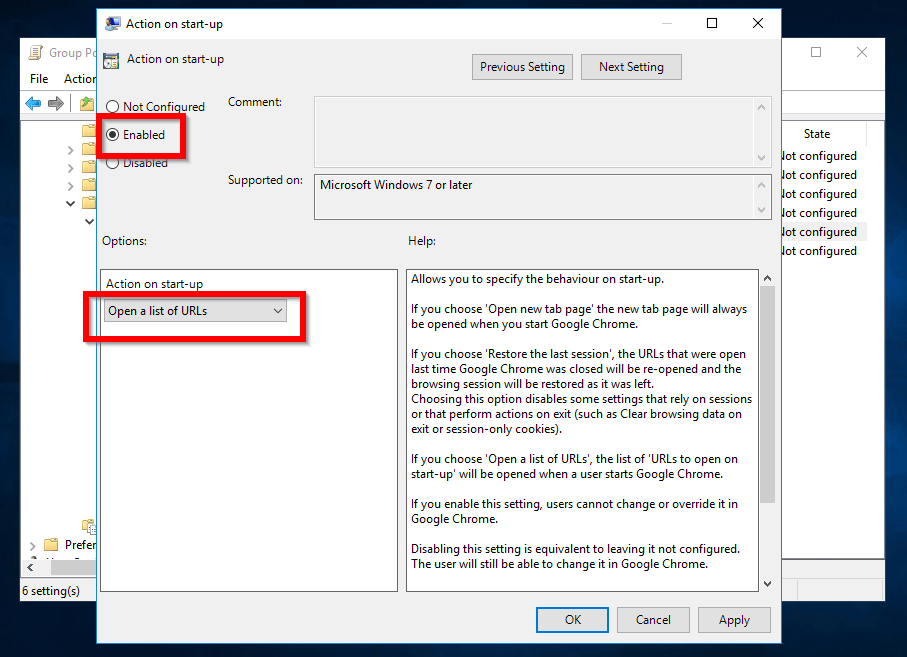
- The state of the policy is now Enabled.
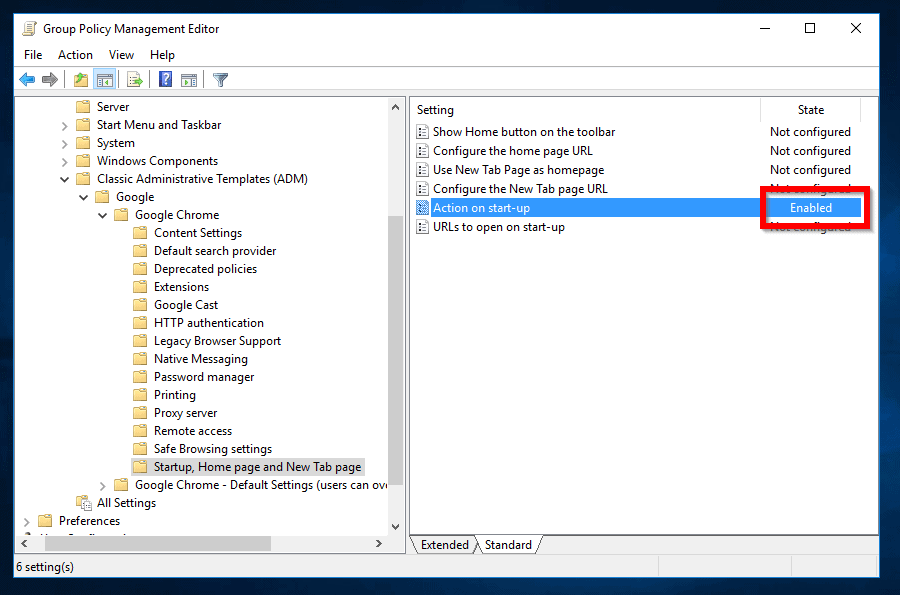
- Next, double-click URLs to open on start-up policy.
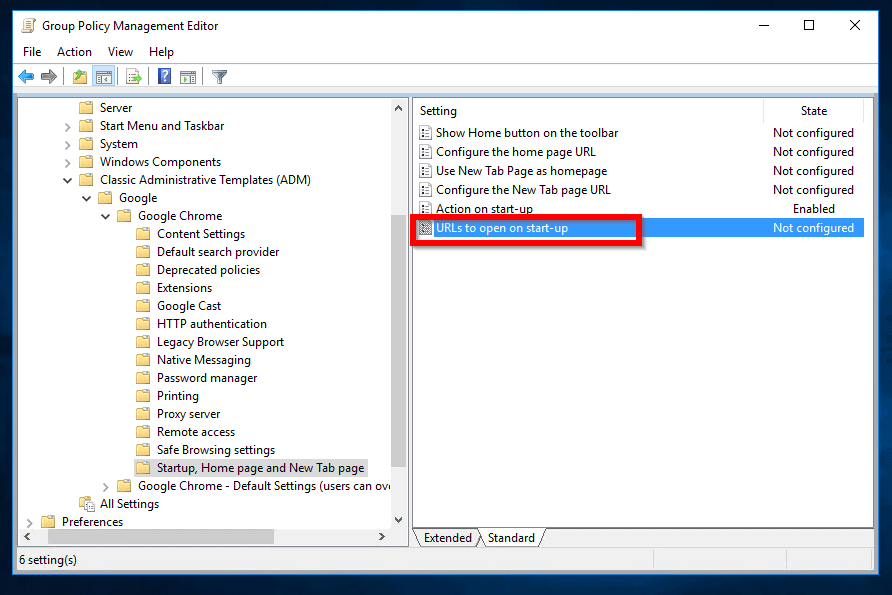
- When the policy opens, click Enabled. Then, beside URLs to open on start-up, click Show.
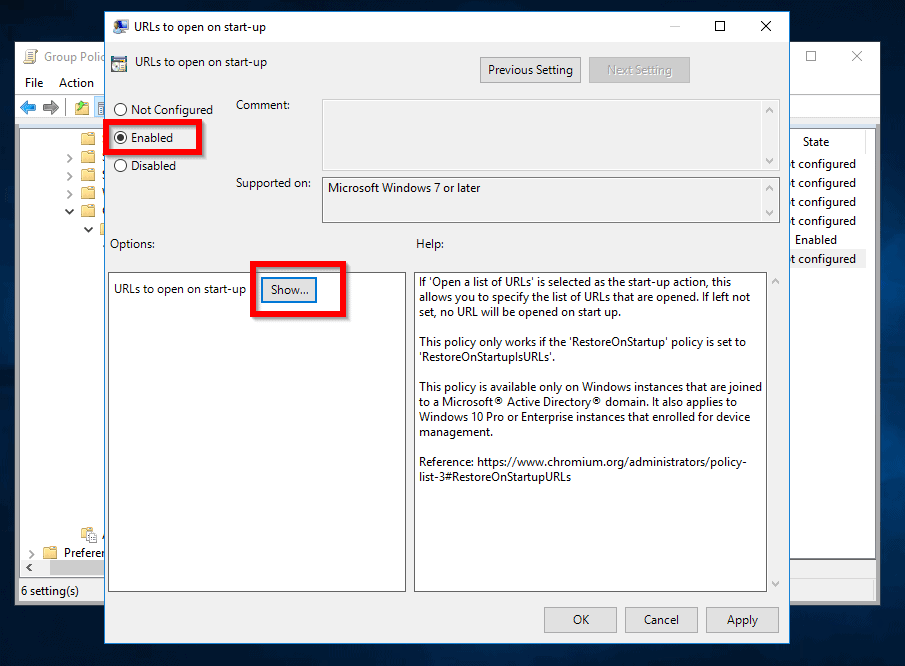
- Beneath URLs to open on start-up, enter the websites one on each line. When you finish click OK.
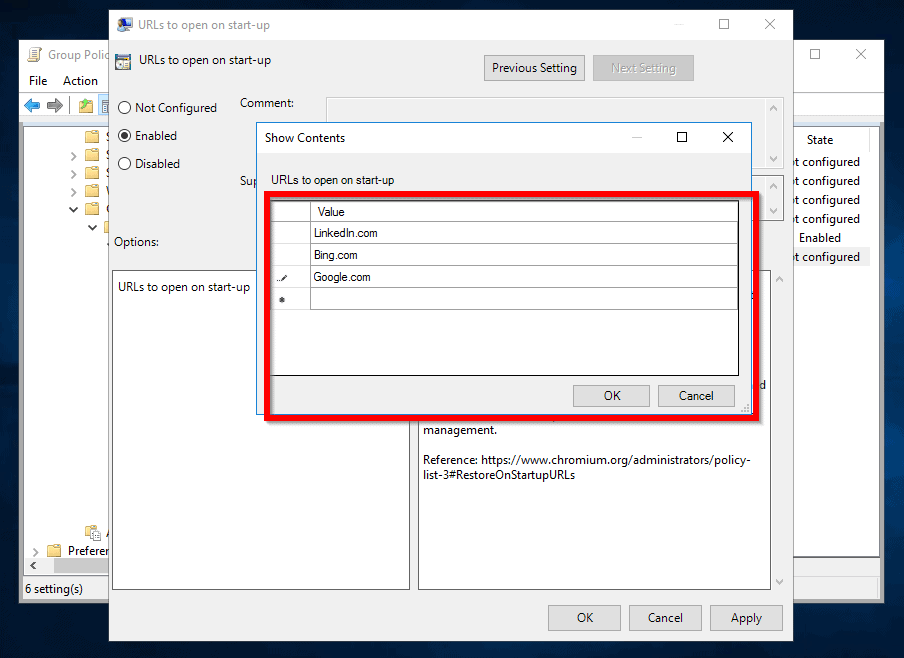
- You will be returned to the policy edit screen, click OK.

- The URLs to open on start-up policy is now Enabled.
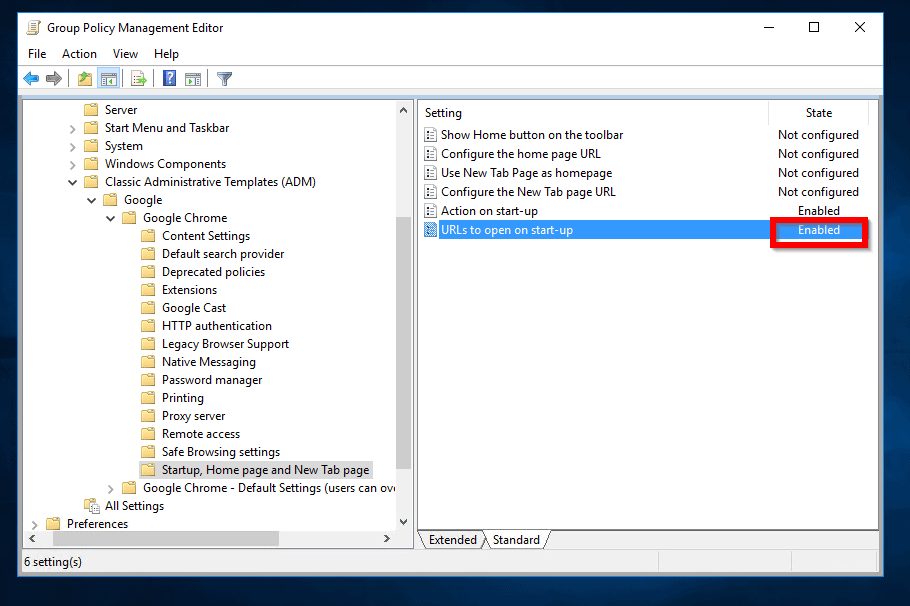
- To enforce the policies immediately, from a client computer type the command below into command prompt. Then click enter. Alternatively, restart the computer.
GPUpdate /force
- When you open Google Chrome, the homepage will be set to the sites you entered in the policy.
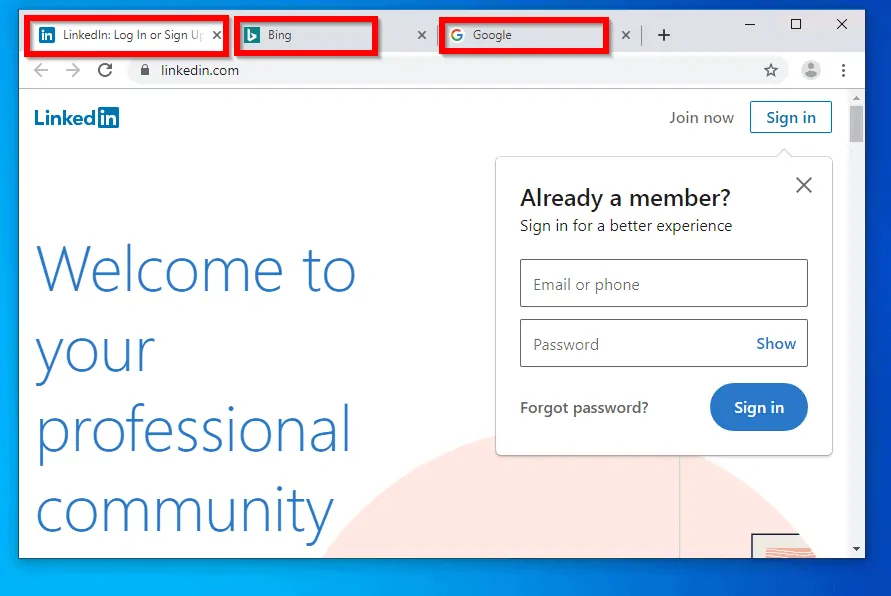
Now, if you open Chrome On Startup Settings, it is locked and cannot be edited by users.
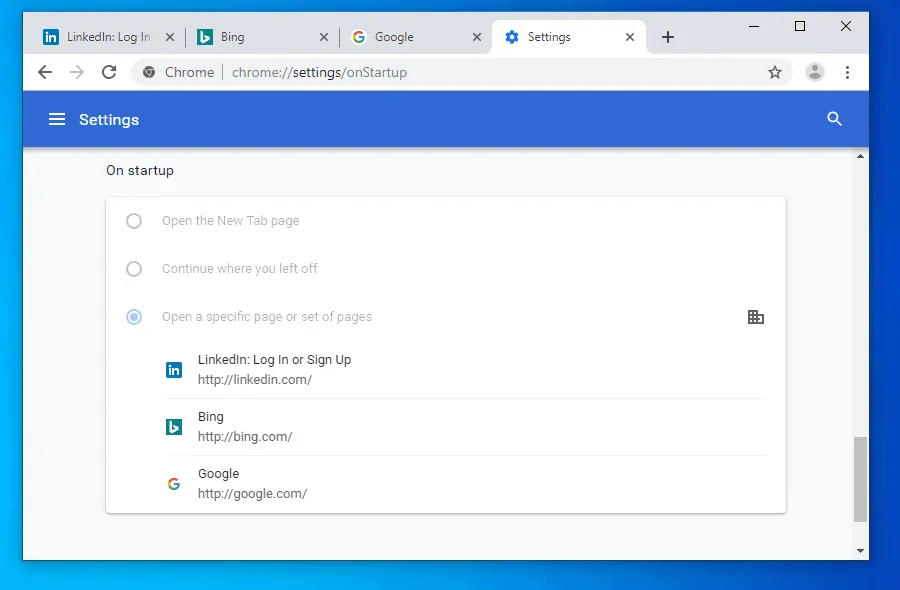
Conclusion
I hope this guide made your day!
At Itechguides, we love to hear what you think about our guides. Please share your feedback with us by responding to the “Was this page helpful?” question below.
For more Windows Server Fixes, visit our Windows Server Fix page.



![How To Run Sysprep (Generalize) In Windows 10 [2 Methods]](https://www.itechguides.com/wp-content/uploads/2022/05/8-2.webp)
thank you so much iTG for helping Administrators